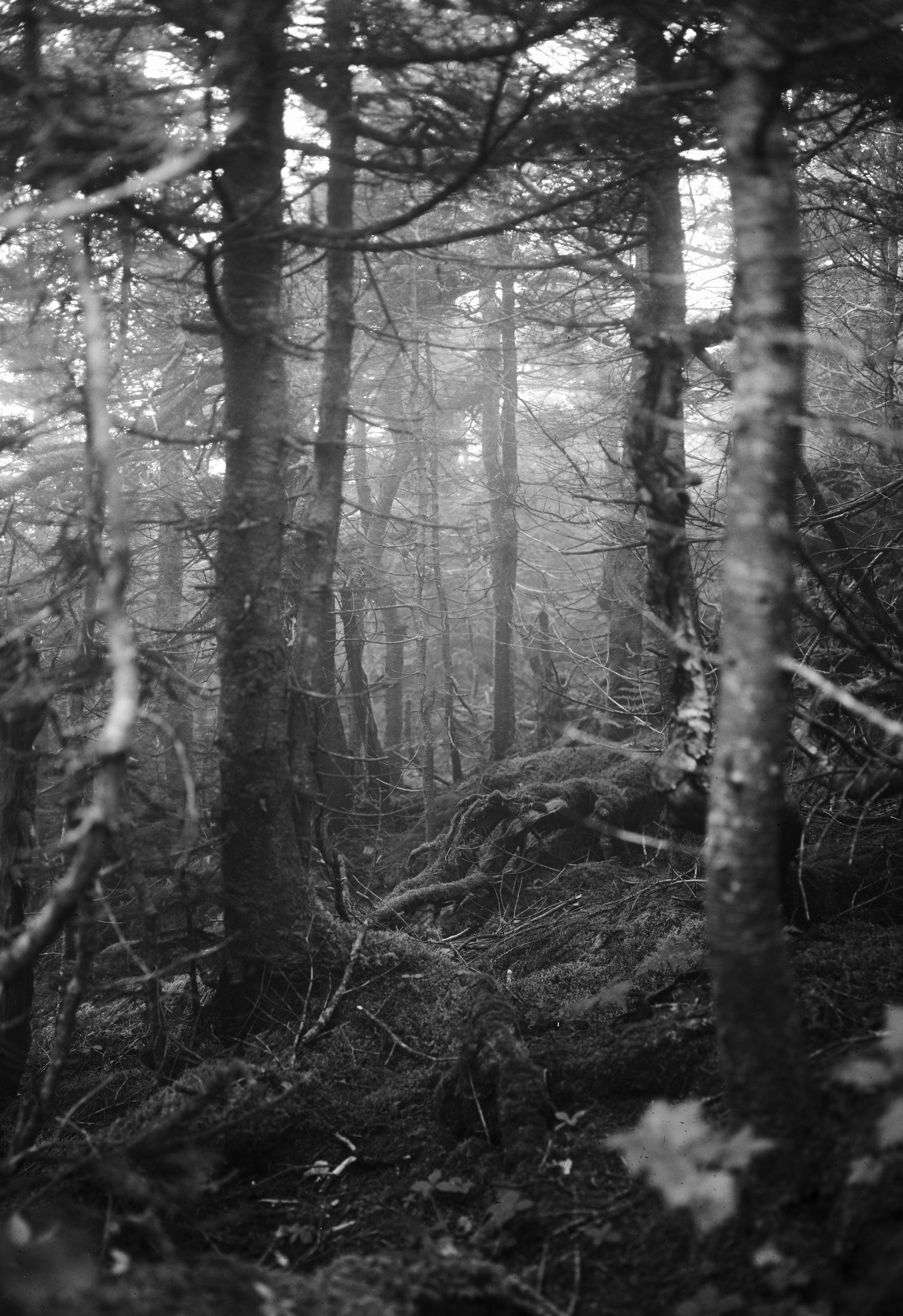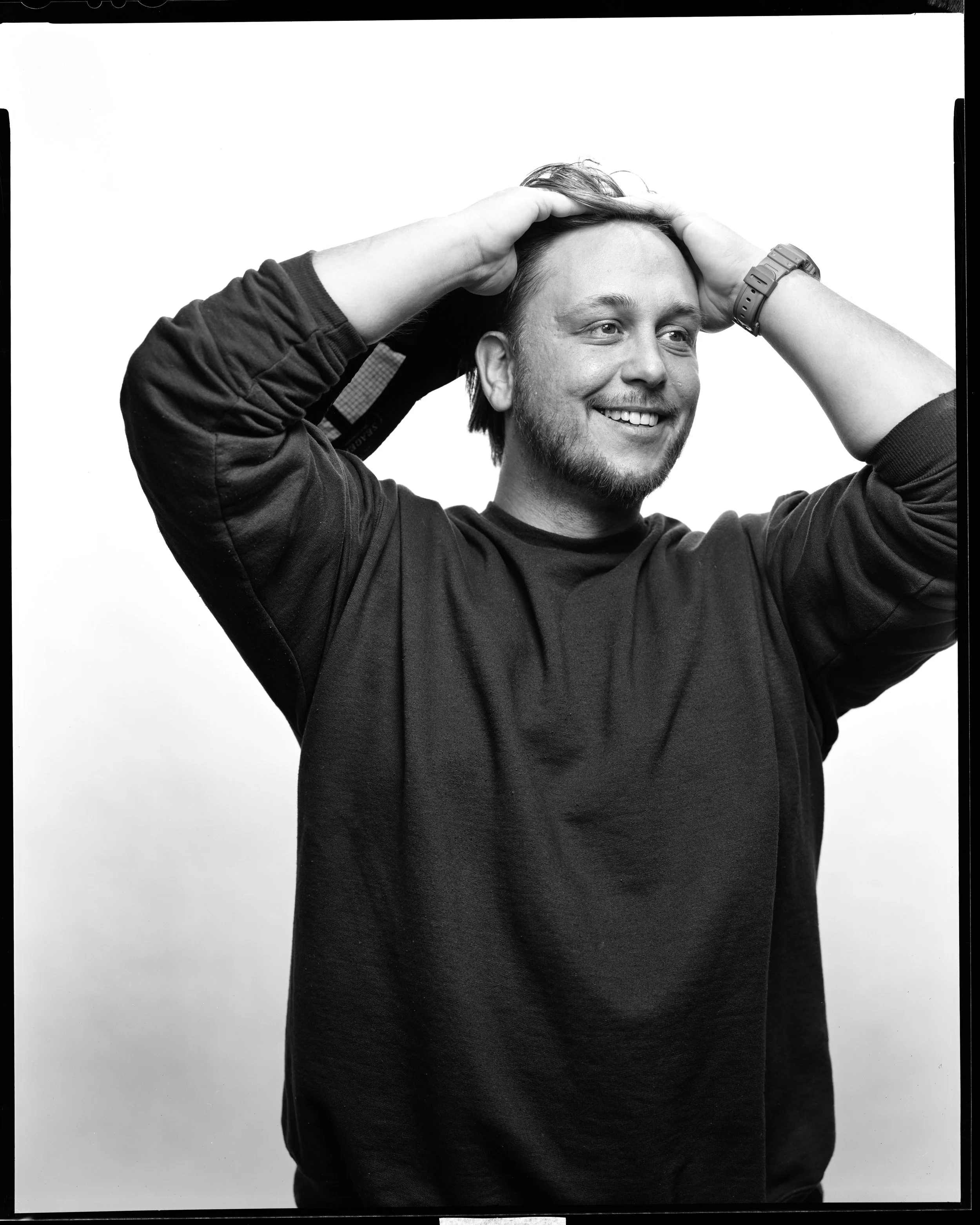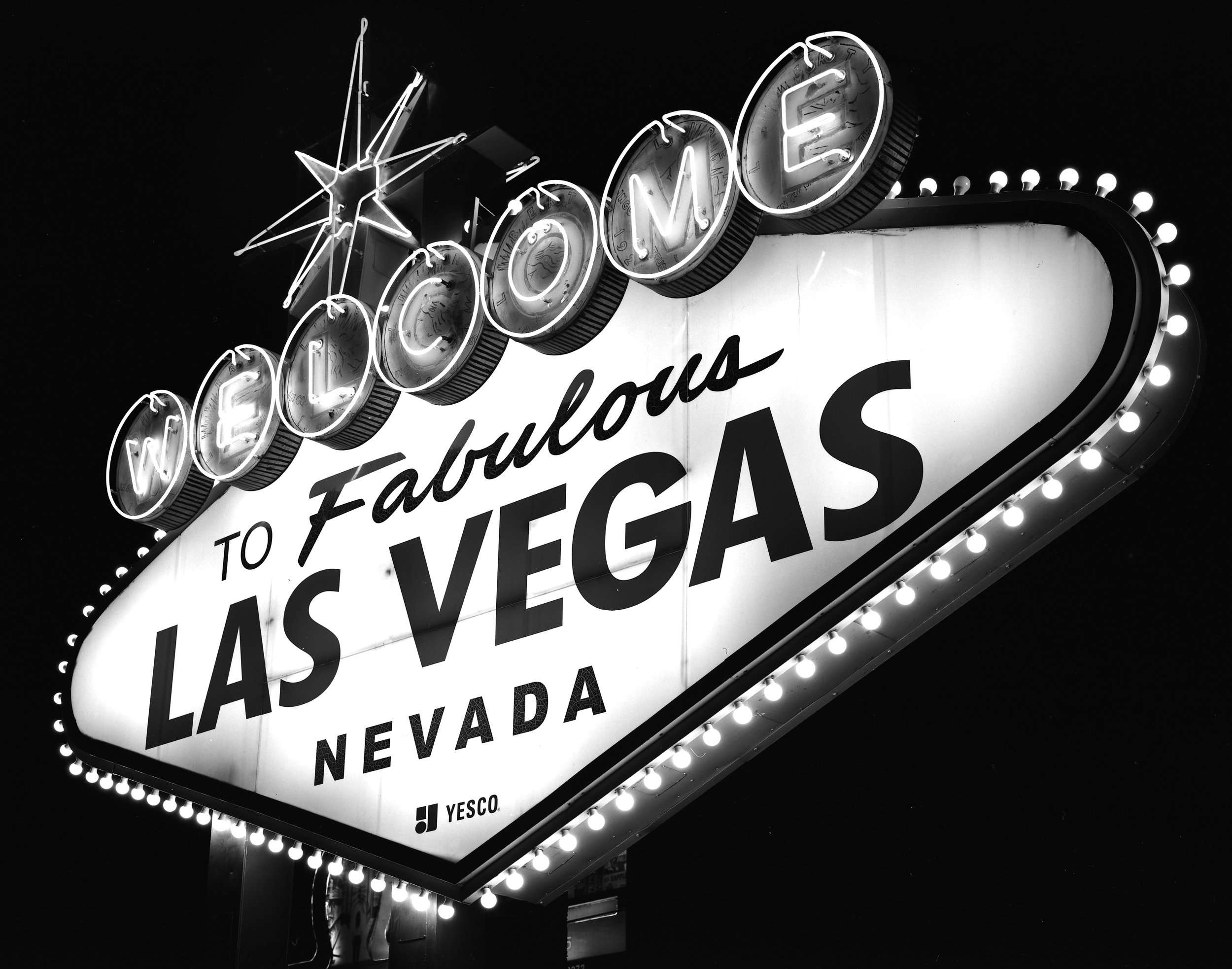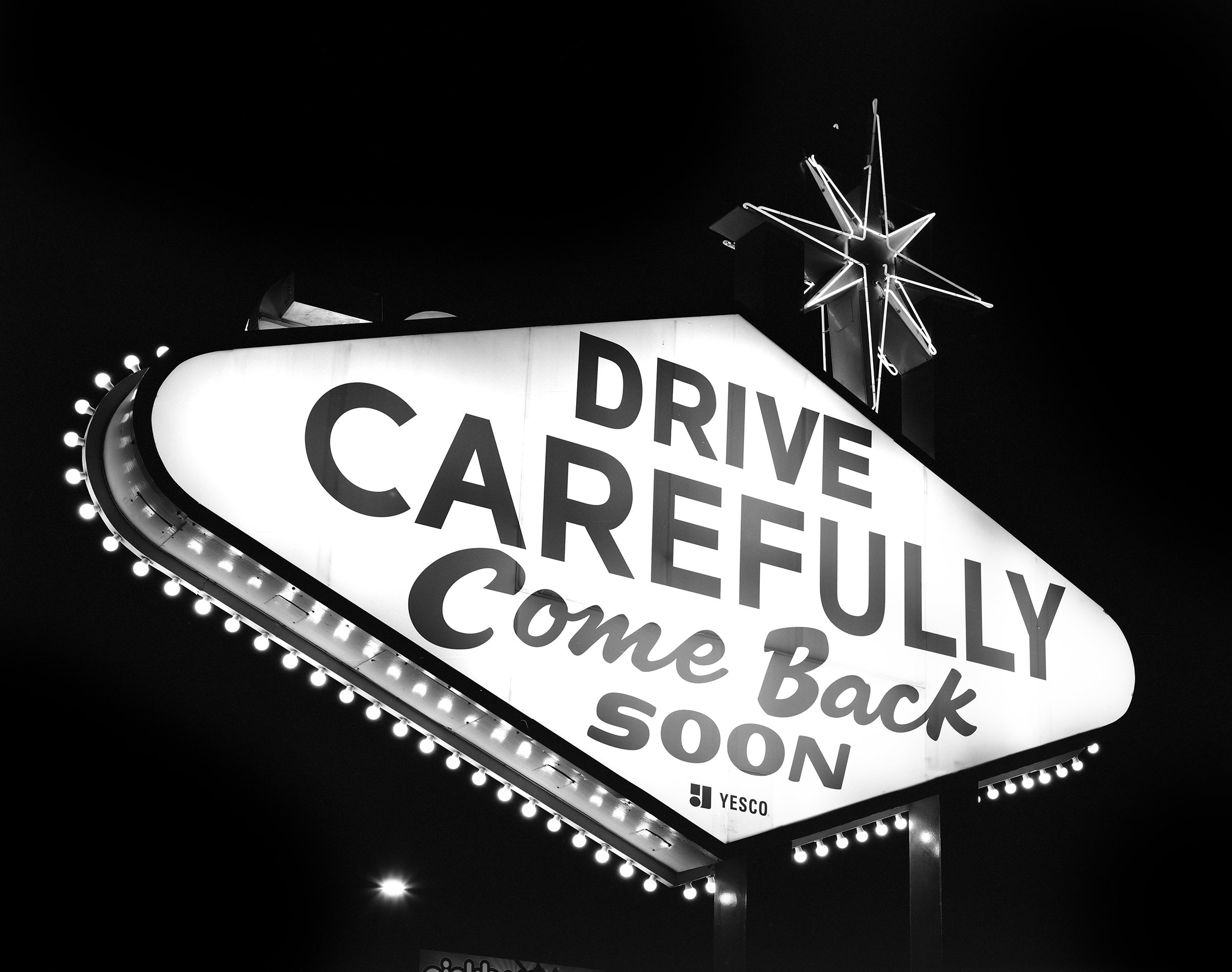On top of Mt. Garfield.
As with many of my projects, this hiking thing didn’t start out with the intention of being a project at all. I found the old Kodak 5x7 camera on Ebay while searching for interesting 4x5 lenses. The lens being sold with this particular camera was a 203mm Kodak Ektar: a well-known portrait lens that has a similar but not as dramatic bokeh effect as the famed Aero Ektar. When used with a wide open aperture, the out-of-focus area in the background has a somewhat swirly appearance which some, (including myself) find appealing. I was able to purchase the camera and lens for short money: around $200, which is basically what the lens was worth.
Image from my hike on Mt. Tom made with the 203mm Ektar. This is a poor example of the swirly bokeh but its the only one I could find without digging deep into my backups. Note the foreground out of focus area and how it appears to be in motion. That’s the Ektar trait. It’s really cool for portraits.
Although I did use this lens a few times on the 4x5, it sat on the shelf more often than not. So back on the 5x7 it went. It also happened to be the only lens I owned that covered 5x7. Lens coverage is a topic for another time. For all you theory nerds, here’s the wiki on lens image circle if you want to read a bit more about it.
The 203mm Ektar in all its snow covered glory. This was on Mt. Tecumseh. It was flurrying all day.
Back to the hiking part… Around this time, I was doing a fair amount of reading about the early days of photography when men on horseback would ride out to some uncharted land to document the surroundings, map the area, and generally be badass adventurers with cameras.
Talk about a couple of badass’s with cameras. I don’t know if I want this much adventure!
Image of the Kolb Brothers. Emery and his brother Ellsworth. Sometime in the early 1900’s in the Grand Canyon.
Photo: Northern Arizona University, Cline Library, NAU.PH.568.8408
I loved these stories. The difficulties the early photographers faced were significant: literally needing to carry the camera, glass plates, AND the darkroom out to these far away spots. Along with food, cookware, camping gear and horse/mule stuff…whatever that may be. I’m not a horse guy so I have no clue what that entails. I wanted in on some of that adventure–which is harder to find in the era of cars, nice gear, and the internet. But I was willing to partake in the small amount that I could find and the way I saw to get there was to go hiking with my 100-year-old camera.
My first hill, Mt Moosilauke, was a bit of a test run to see how miserable this was going to be and due to the potential difficulty, I assumed this to be a once and done trip. I was a little nervous because it had been a few minutes (years) since I had hiked with any real weight and Moosilauke isn't the easiest of the 4000 footers by far. Especially given how heavy the pack was…about 35lbs. This was also September in New England so of course the forecast was for light rain and 40º. Cold weather gear was a must. Just a little more weight.
Mt Moosilauke. A bit far away from the rest of the 48. Known to have its own weather and many complain about the frequent cloudy summit. It’s unfortunate because it has some really amazing views.
The short version of this hike: Get up really early, meet one drunk guy at the trailhead (yeah, that was a little weird), hike nine miles through drizzle and clouds, endure one wasp sting, see one completely socked-in summit, and take fourteen images. I was back at my car right as the sun broke out for the rest of the afternoon.
The Iphone video below from the day I did this. It was a rough day to be on top. Windy and really cold.
Hey! It’s me on the summit. I have since taken a self portrait of me on the summit of every mountain with the 5x7.
It was hard. Really hard, in fact. But I was hooked even before seeing the images. Being alone in the forest with this camera. Observing nature in the search for images and really slowing down to take it all in. My experience on this well-traveled, not-far-from-home trek was nothing like the early days of photography but maybe this is a little bit like how those photographers felt while in the wilds of the frontier. Being a part of their surroundings. Doing things that not many do. I'm sure their experience was far more dramatic, with some legitimate fears of getting eaten by bears or a multitude of other possibilities of death, where mine were limited to the possibility of getting stung by another wasp. Which thankfully didn't happen a second time.
Once home, I got to the darkroom as soon as I could to develop the negs and I was amazed at how well they worked out. Seeing the scanned images and the magic of the big 5x7 negatives revealed that this was not a once and done hike but needed to be a real project.
I had known about this list of the 48/4000 for a long time, which are the forty-eight summits in the White Mountains of New Hampshire that are four thousand feet or above. Hiking “the list” is a popular thing to do. I just never saw myself as a peak bagger but once the list was in my head and that first one was summited…well, ya might as well climb the rest. Besides, once completed you can submit your list and get a patch! Yay! At least I can look forward to that. I knew that this would be miserable at times. Hiking with 35 lbs (or more, depending on the season) is no easy task, but I knew it would give me just a tiny taste of that adventure and maybe a little bit of what those early pioneering photographers went through.
So that’s one down, forty seven to go.
Had one sheet of film left so I figured I would take advantage of the sun that was non existent on this hike.
The last shot!
Going forward, I have decided to summit these mountains as singular hikes per mountain. As in not hiking multiple summits in one day. Because why not make it harder? To date, I have hiked 34 of the mountains and I plan to finish the list by the end of next year. Or maybe continue on to the New England 67, or maybe the Trailwright 72, or commit to doing a Grid? But I don’t think the camera would hold up that long. This poor old wooden box has already been through some serious shit and is showing it.
Below are the best images of this hike.
Looking at nature and the clouds passing through the trees.
Just below the summit. Heading down.
Looking back up the way I came toward the summit. I was just out of the cloud cover when I grabbed this image.
On the way up. The first view. I don’t know which mountain is in the distance.
The behind the scenes of that first shot. I love slowing down a bit and really seeing and experiencing my surroundings. A dude hiking up saw my camera pointed into the woods and asked what I was taking a picture of. Just a little bit a nature, I responded.
Thanks so much for reading! A select few images from this hiking series and my road trip project are currently on display until December at The Conant Gallery in Gorton MA.
If you made it this far and you want to see more of these on the regular, make sure to subscribe to my mailing list to get the heads up! I promise I won’t slam your inbox with daily spam. I don’t have the time for that either.




































































































